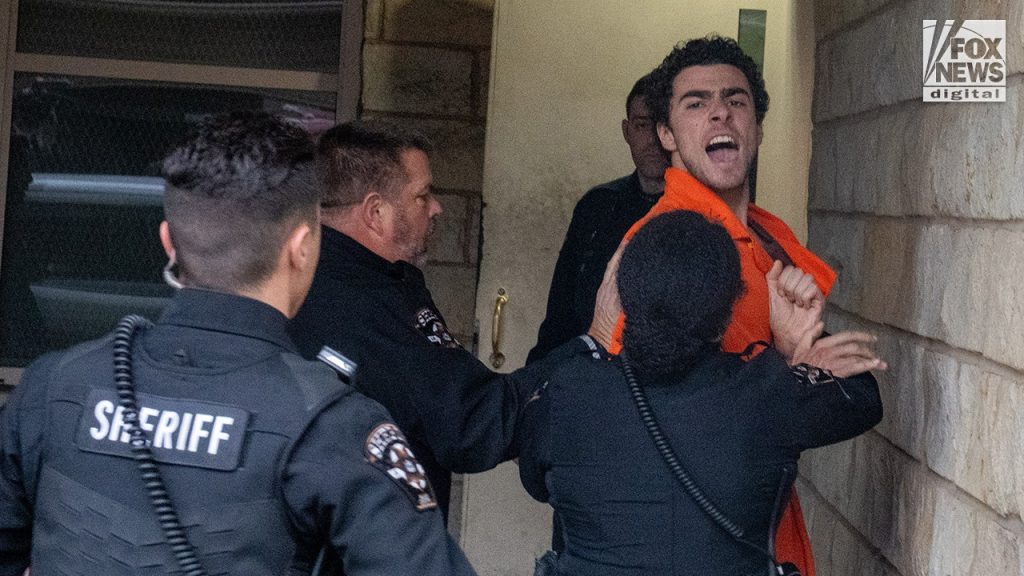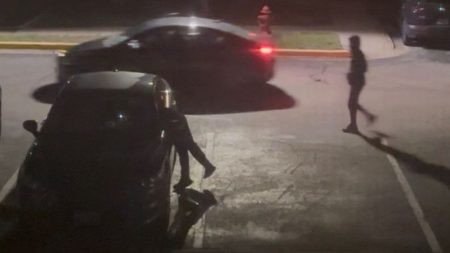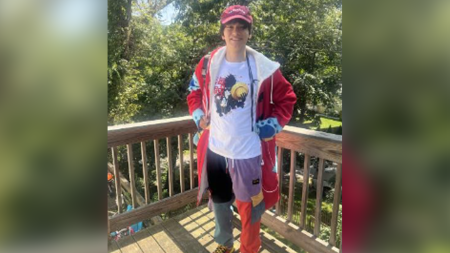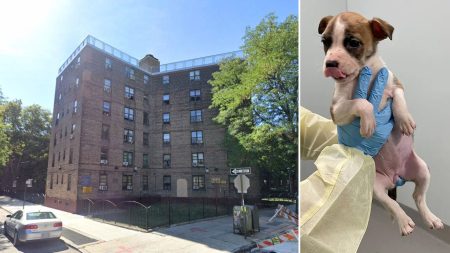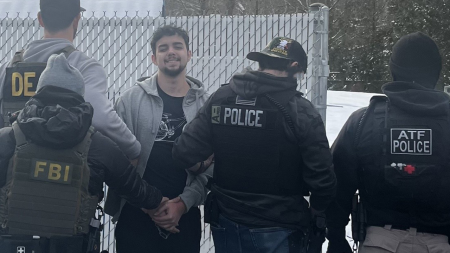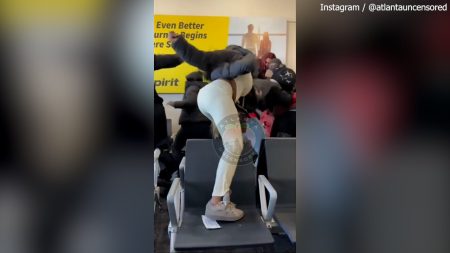Luigi Mangione, a 26-year-old software engineer, finds himself embroiled in a complex legal battle following his arrest in Altoona, Pennsylvania, in connection with the murder of UnitedHealthcare CEO Brian Thompson. Mangione’s apprehension capped a five-day multi-state manhunt involving the FBI and various police departments, culminating in a dramatic scene at a local McDonald’s. An observant customer recognized Mangione, leading to his detention and subsequent transfer to Blair County Court. Upon his arrival, Mangione broke a 24-hour silence with a vehement outburst, denouncing his arrest as an “insult to the intelligence of the American people,” before being ushered inside by a sizable police escort. This abrupt shift from silence to vocal protest marked the beginning of a legal process that would see Mangione face charges both in Pennsylvania and New York.
Inside the courtroom, Mangione, clad in an orange jumpsuit, appeared composed yet engaged, whispering with his attorney, Thomas Dickey, and observing the proceedings with an attentive gaze. The prosecution presented evidence found on Mangione at the time of his arrest, including $10,000 in cash (both U.S. and foreign currency), masks, a passport, and a “ghost gun” with a silencer, which allegedly resembled the weapon used in Thompson’s murder. Dickey attempted to downplay the significance of the masks, attributing their presence to lingering COVID-19 anxieties. However, the judge denied Mangione bail, remanding him to SCI Huntingdon pending a habeas corpus petition from his attorney, challenging the legality of his detention.
The charges against Mangione are multifaceted and span multiple jurisdictions. In Pennsylvania, he initially faced a forgery charge, while in New York, he was charged with second-degree murder, second- and third-degree criminal possession of a weapon, and second-degree criminal possession of a forged instrument, all related to Thompson’s death. The involvement of the NYPD, who arrived at the Altoona Police Department following Mangione’s arrest, underscored the inter-state nature of the investigation. Sources within the NYPD noted a marked change in Mangione’s demeanor between his initial arrest and the subsequent day, transitioning from cooperative silence to a more assertive stance.
Mangione’s background presents a stark contrast to the circumstances of his arrest. A graduate of the prestigious Gilman School in Baltimore, a $40,000-per-year private institution, he went on to earn both bachelor’s and master’s degrees in engineering from the University of Pennsylvania, even achieving membership in the Eta Kappa Nu Honor Society for Electrical and Computer Engineering. This academic pedigree paints a picture of a highly intelligent individual, raising questions about the motivations that led to his alleged involvement in such a violent crime. The discovery of a manifesto on Mangione’s person further complicates the narrative, suggesting potential grievances against the healthcare industry, a sector in which Thompson, the victim, held a prominent position.
The unfolding legal proceedings will likely delve into the details of Mangione’s manifesto, seeking to understand its contents and potential connection to the murder. This document, reportedly outlining his grievances with the healthcare system, could provide crucial insights into Mangione’s state of mind and possible motives for the alleged crime. The prosecution will likely emphasize the physical evidence found on Mangione, including the weapon and substantial amount of cash, as corroborating factors supporting their case. Conversely, the defense is expected to challenge the legality of the arrest and search, and may attempt to portray the manifesto as an expression of frustration rather than a premeditated plan.
The case against Luigi Mangione stands as a complex intersection of privilege, alleged violence, and potential systemic critique. His academic achievements and seemingly promising future juxtapose sharply with the severity of the charges he faces. The discovery of the manifesto, coupled with his outburst at the courthouse, suggests a deeply rooted discontent, the nature and extent of which remain to be fully explored during the legal proceedings. As the case progresses, the legal system will grapple with unraveling the complexities of Mangione’s actions, seeking to understand the motivations behind the alleged murder of a prominent healthcare executive and the broader societal implications of this tragic event.




